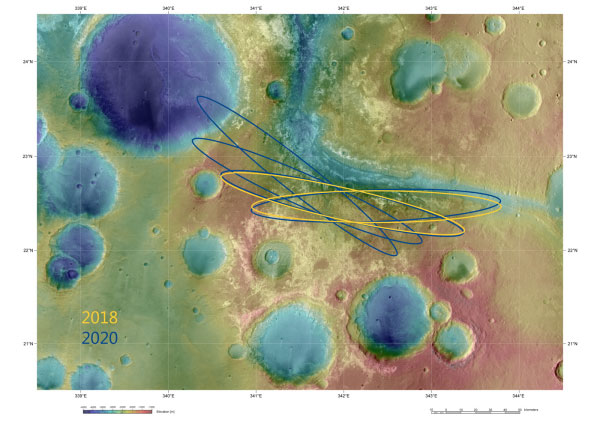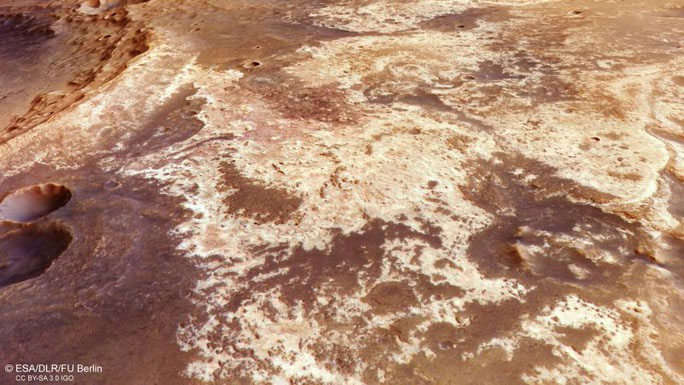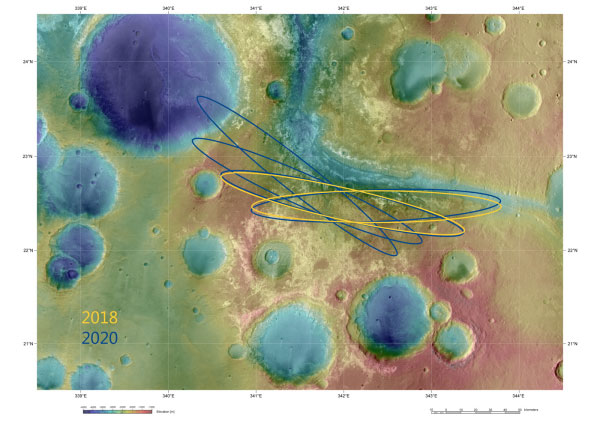Nestled within the rugged Martian landscape, Mawrth Vallis stands as a testament to the Red Planet’s rich and enigmatic history. With its sloping valleys and ancient terrain, this region has captivated the attention of scientists and astronomers alike, offering tantalizing clues to the possibility of past or even present extraterrestrial life.

Mawrth Vallis, situated north of Mars’ equator, serves as a gateway to the planet’s diverse geological landscape, bridging the gap between the southern highlands and the northern lowlands. It is within this remarkable valley that the European Space Agency’s Mars Express mission has uncovered a treasure trove of data, revealing a plethora of clay minerals, including iron, magnesium, and aluminum—key ingredients that hint at the presence of water.

The landscape of Mawrth Vallis is characterized by a series of terrains stretching from highlands to lowlands, indicative of ancient water flow. This geological complexity suggests that water once coursed through these valleys, shaping the Martian landscape over billions of years. Scientists at ESA estimate that Mawrth Vallis must have had water approximately 3.6 billion years ago, further bolstering the case for its potential as a habitat for extraterrestrial life.

Moreover, nestled north of Mawrth Vallis lies the Chryse Planitia region, the beginning of Mars’ northern lowlands, where scientists have discovered ancient river valleys extending hundreds of kilometers buried beneath the Martian surface. These findings provide compelling evidence of an ancient “blue Mars” with a network of rivers and vast oceans, not unlike Earth during the same era.
Mars, often referred to as the “habitable zone” planet within the Solar System, shares similarities with Earth and Venus in terms of its potential to support life. Hypotheses supported by NASA, ESA, and other space agencies suggest that all three planets may have once been habitable worlds, akin to triplets in their infancy, albeit with slight variations in size.
While the evolutionary process may have rendered Mars and Venus desolate and barren as they appear today, there is a compelling possibility that they once teemed with life. Indeed, some speculate that remnants of ancient Martian life may still lie dormant beneath the planet’s surface, awaiting discovery.
Nevertheless, ESA remains steadfast in its belief that Mawrth Vallis holds promise as a prime candidate for the search for extraterrestrial fossils or, perhaps more optimistically, evidence of current life. As exploration missions continue to unfold and technology advances, the mysteries of Mars and its potential to harbor life remain at the forefront of scientific inquiry, beckoning humanity to unlock the secrets of the Red Planet and the universe beyond.

